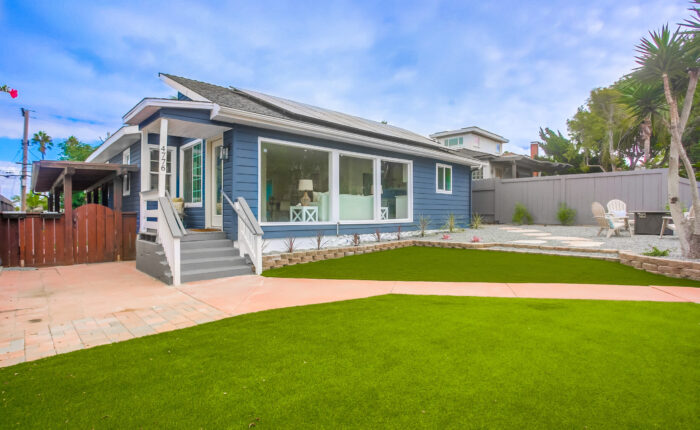How do you figure out how much a property is really worth? Did you know that there are multiple ways to value a property?
There are at least five different ways to value a single piece of property or home. So what are they? How do they work? What’s the difference? Which one is right for helping you to price your property for sale, or evaluating a new home or investment property purchase? What might be some of the ways to increase the figures you come up with?
1. The Comparable Sales Approach
If you’ve looked at real estate for five minutes you’ve probably already heard of ‘comps’ and CMAs. This is all a form of using comparable properties to determine the value of yours or another. The theory is based on the fact that if an identical homes sells for X dollars, then one that is exactly the same should sell for the same price. This sets an opinion of ‘market value’. Of course, in most cases, two completely identical homes don’t sell within days of each other. So adjustments are made to equal out any superior or inferior features in recent comparable sales.
Adjustments can be made for many factors including:
- Time since recent comparable sales
- Distance
- Age of property
- Property condition
- Major features such as swimming pools
- Square footage
- Number of bedrooms
- Number of bathrooms
- Number of garage or parking spaces
- View
- Location
2. Replacement Cost
The replacement cost is how much it would cost to rebuild the property today. If that property burned down or was blown away in a hurricane, how much would it cost to replace? Is it cheaper to build new, buy and existing property, or buy and rehab? This is a notable, but often overlooked factor when it comes to insurance. Property owners can normally choose between insuring at the amount of a loan they are getting, or the replacement cost. Just make sure you review and adjust your insurance coverage overtime, as both of these numbers will change.
3. The Income Approach
The income approach to appraising property is normally used for investment property and commercial real estate. This determines how much the property may be worth based upon its income potential. How much rent will it bring in? Minus expenses and vacancies? Note that this isn’t just what leases you have in place today. This will compare market rents and current vacancy rates. It may also rely on your ability to prove a track record of income and property management. Note that these figures are getting more confused today due to Airbnb rental rates and properties being sold to investors based on cap rates.
4. Highest & Best Use
‘Highest and best use’ is a critical factor in valuing real estate. This is especially true in times when the market is changing rapidly. For example; a beaten down 80 year old shack on a decent sized lot might be worth far, far more if it was redeveloped as an apartment building, condos, expansive luxury home, or a mixed use retail and residential property. If a property isn’t being applied to its highest and best use it could be targeted for seizure by eminent domain. This can be really good, or really bad. It all depends on how much you bought it for, what you owe on it, and where values are now. For example; if you bought at the top of the market and are still underwater, but the government deems it is better to hand this property off to a developer that will generate more tax revenues, but current appraised values are way down; it could get really ugly for you. On the other hand; if you purchased the property at the bottom of the market for cash, and now the government desperately needs the property to finish an airport expansion or for education facilities, and the market is up dramatically, it could be a big windfall. It’s worth keeping this in mind.
5. Future Value
This can be hard to pin down, and most would argue that it is 100% speculative. However, it shouldn’t be completely dismissed either. If you buy in the right place at the right time, you can absolutely benefit from a huge financial gain. This could be investing in property in the wake of pending development or revitalization projects, or even basing the math on the future value taking into consideration the value of the income, yield, inflation, deprecation, etc. Basing future value on assumptions of plain old appreciation alone can be dangerous. It can be profitable; just understand the risk, and how that fits into your overall portfolio.
Summary
There are multiple ways to value real estate. There are thankfully many ways to add value to properties too. Rehabbers can improve property condition and add space or features to increase a property’s value. Others can change the property use and put up other types of properties on the same land to maximize the highest and best use. Others can apply this approach to elevating future value by building or redeveloping in the path of growth.







